Any association end can be designated to be "navigable" with the help of a navigability arrow. However, UML's notion of "navigability" does not have a precise meaning and people confused it with the concept of an association end being owned by the class at the other end. This concept of association end ownership by a class means that the association end corresponds to a reference property of that class. This issue has only been clarified in last year's new UML version 2.5, which has introduced a new visual notation for association end ownership, a "dot" as in  . This is most likely the intended meaning of what you came across, namely
. This is most likely the intended meaning of what you came across, namely  , and what it really means is the following reference property:
, and what it really means is the following reference property:

For more explanation see this tutorial.
Additional answer to the comment: If your class model specifies the ownership of all association ends, and your class diagram displays them, and there is no ownership dot (nor a navigability arrow), as in  , then, according to UML 2.5, the association end is "owned" by the association itself. Since we do neither have an ownership dot at the MyA end, both ends are "owned" by the composite association. In terms of the code to write/generate, this would mean that the composite association is not implemented by means of reference properties in either MyA or MyB, but has to be implemented with the help of a separate class, say "MyA-has-MyB", which has two reference properties for referencing both the aggregate and the component of any composition link, as in the following class rectangle:
, then, according to UML 2.5, the association end is "owned" by the association itself. Since we do neither have an ownership dot at the MyA end, both ends are "owned" by the composite association. In terms of the code to write/generate, this would mean that the composite association is not implemented by means of reference properties in either MyA or MyB, but has to be implemented with the help of a separate class, say "MyA-has-MyB", which has two reference properties for referencing both the aggregate and the component of any composition link, as in the following class rectangle:

 . This is most likely the intended meaning of what you came across, namely
. This is most likely the intended meaning of what you came across, namely  , and what it really means is the following reference property:
, and what it really means is the following reference property:
 , then, according to UML 2.5, the association end is "owned" by the association itself. Since we do neither have an ownership dot at the MyA end, both ends are "owned" by the composite association. In terms of the code to write/generate, this would mean that the composite association is not implemented by means of reference properties in either MyA or MyB, but has to be implemented with the help of a separate class, say "MyA-has-MyB", which has two reference properties for referencing both the aggregate and the component of any composition link, as in the following class rectangle:
, then, according to UML 2.5, the association end is "owned" by the association itself. Since we do neither have an ownership dot at the MyA end, both ends are "owned" by the composite association. In terms of the code to write/generate, this would mean that the composite association is not implemented by means of reference properties in either MyA or MyB, but has to be implemented with the help of a separate class, say "MyA-has-MyB", which has two reference properties for referencing both the aggregate and the component of any composition link, as in the following class rectangle: